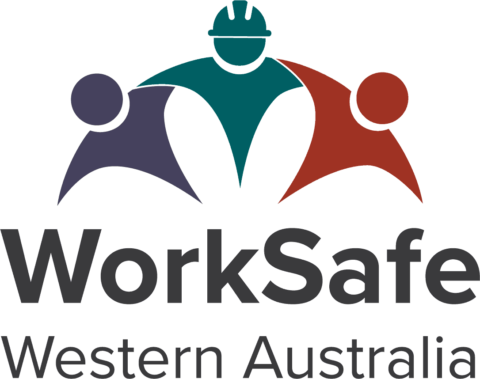These incidents highlight recurring and preventable failures in managing conveyor and plant-related risks.
To prevent similar occurrences, WorkSafe reminds WA companies of these critical control measures:
1. Effective guarding
- Install and maintain guarding that fully prevents access to dangerous moving parts, such as pulleys, rollers and nip points.
- Guards must be secure, not easily removed without a tool and not create a risk in itself.
- Guards must also make bypassing or disabling, whether deliberately or accidentally, as difficult as is reasonably practicable.
2. Isolation and lockout/tagout (LOTO)
- Always de-energise and isolate equipment before conducting inspection, maintenance, cleaning or
clearing tasks. - Provide workers with lockout devices and ensure they practise procedures until these become routine.
3. Training and competency
- Train workers to identify guarding deficiencies, isolate machinery and follow safe systems of
work. - Supervisors and managers must ensure training translates into safe practice on site.
4. Safe systems of work
- Shortcuts such as bypassing guards or improvising fixes (for example, using cardboard on conveyor drums) must never be tolerated.
5. Supervision and accountability
- Work must be appropriately supervised, particularly where less experienced workers are involved.
- Officers and managers carry legal responsibilities to ensure systems are in place and enforced.
- Inspections should be conducted on a regular basis to ensure guards and other controls are in place to mitigate the risk of injury or death.
6. Incident response and site preservation
- The site of any notifiable incident, including a death of a person, serious injury or illness or a dangerous incident, must be preserved until regulators have attended, unless disturbances are necessary to prevent further harm.
- Altering or continuing work before an investigation undermines both safety and compliance obligations.
Conveyors and screening plants are essential to mining and quarrying operations, but when guarding, isolation and safe systems of work are overlooked, the consequences can be catastrophic. Strong safety leadership, robust controls and procedures, and a commitment to continuous improvement are vital to protecting workers and meeting legal duties.

